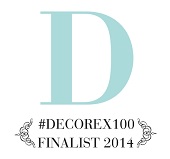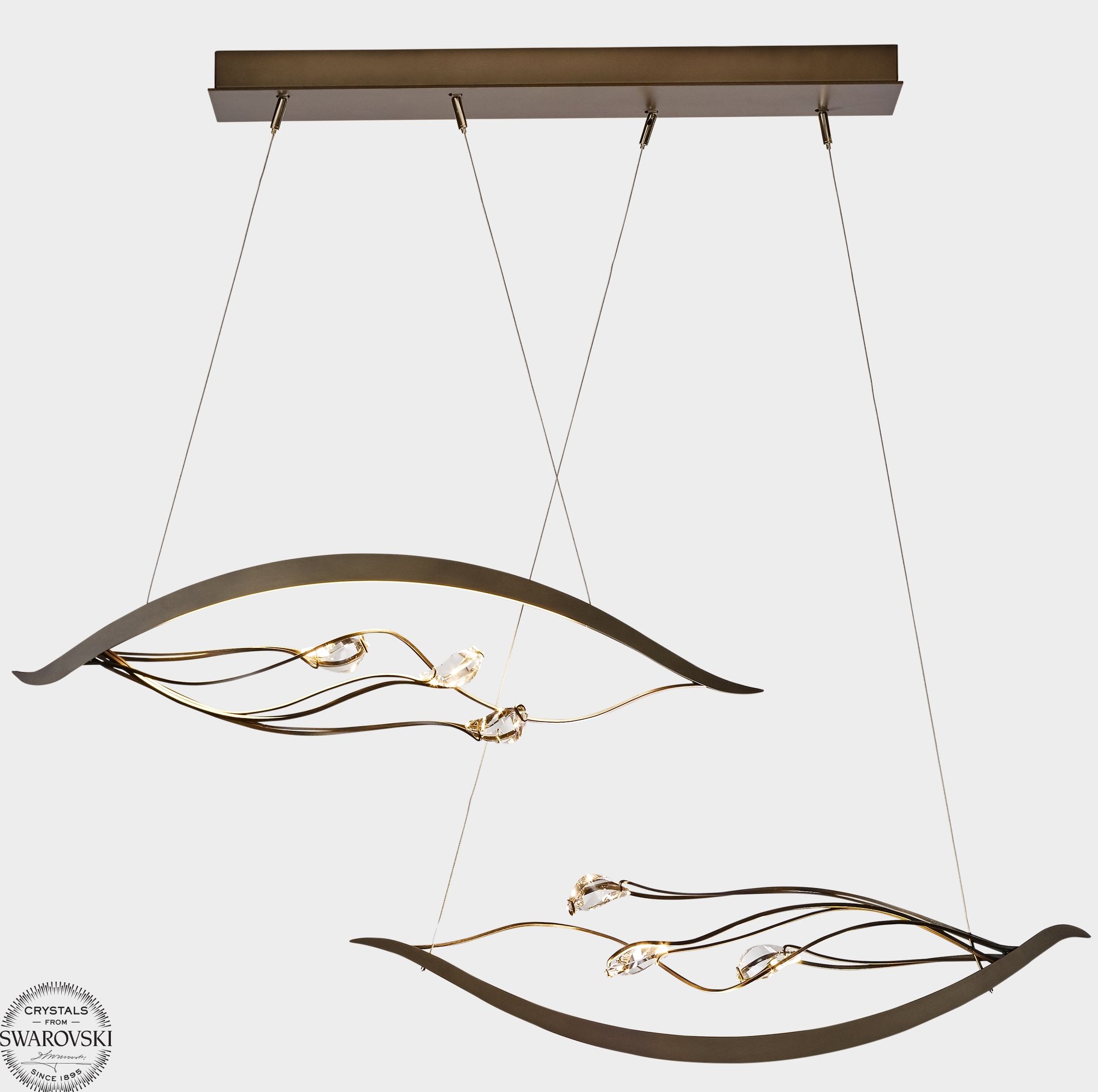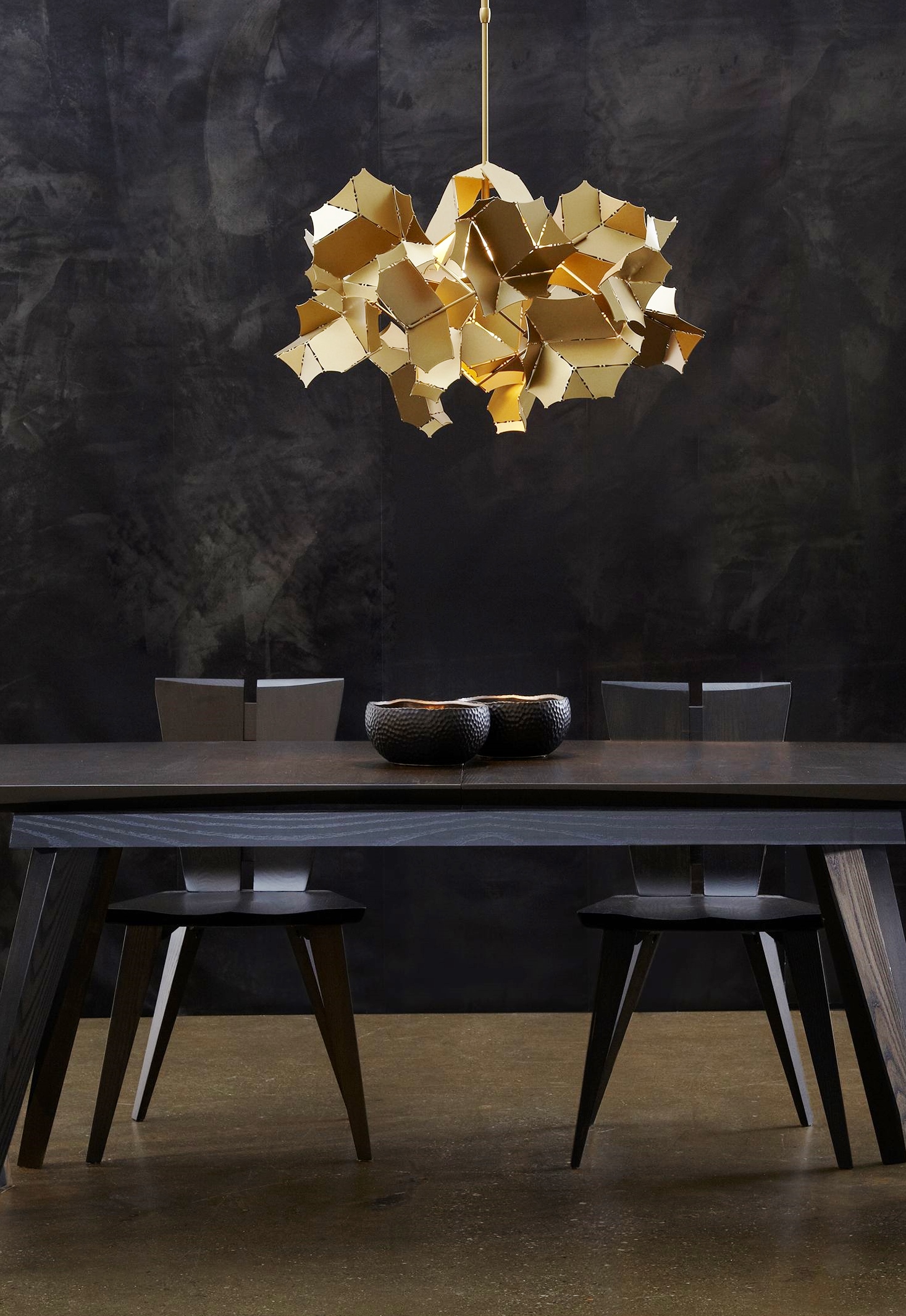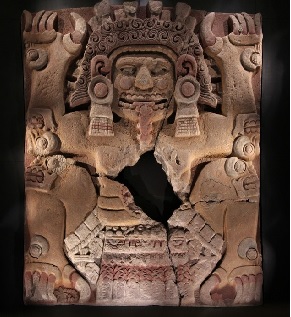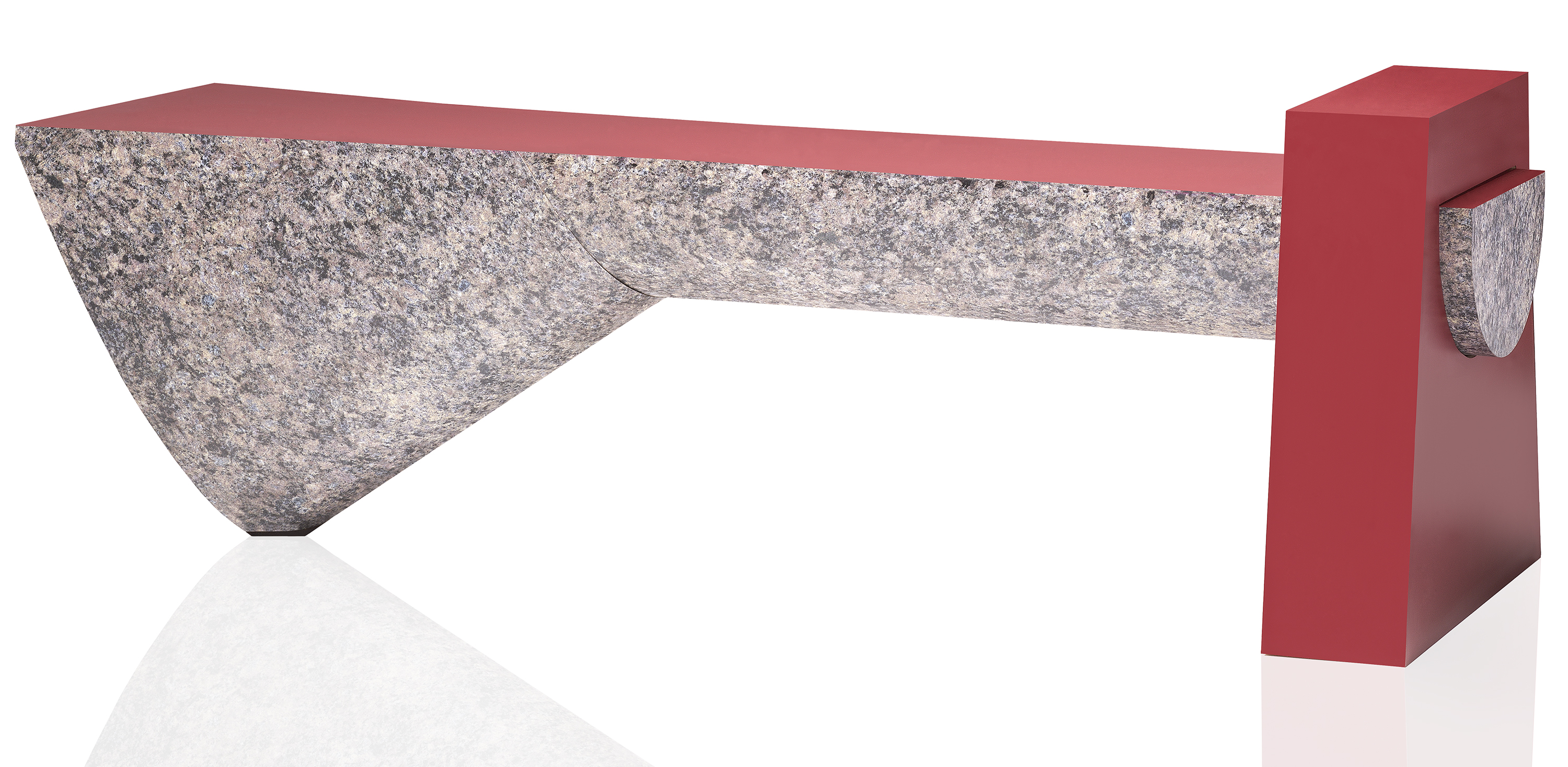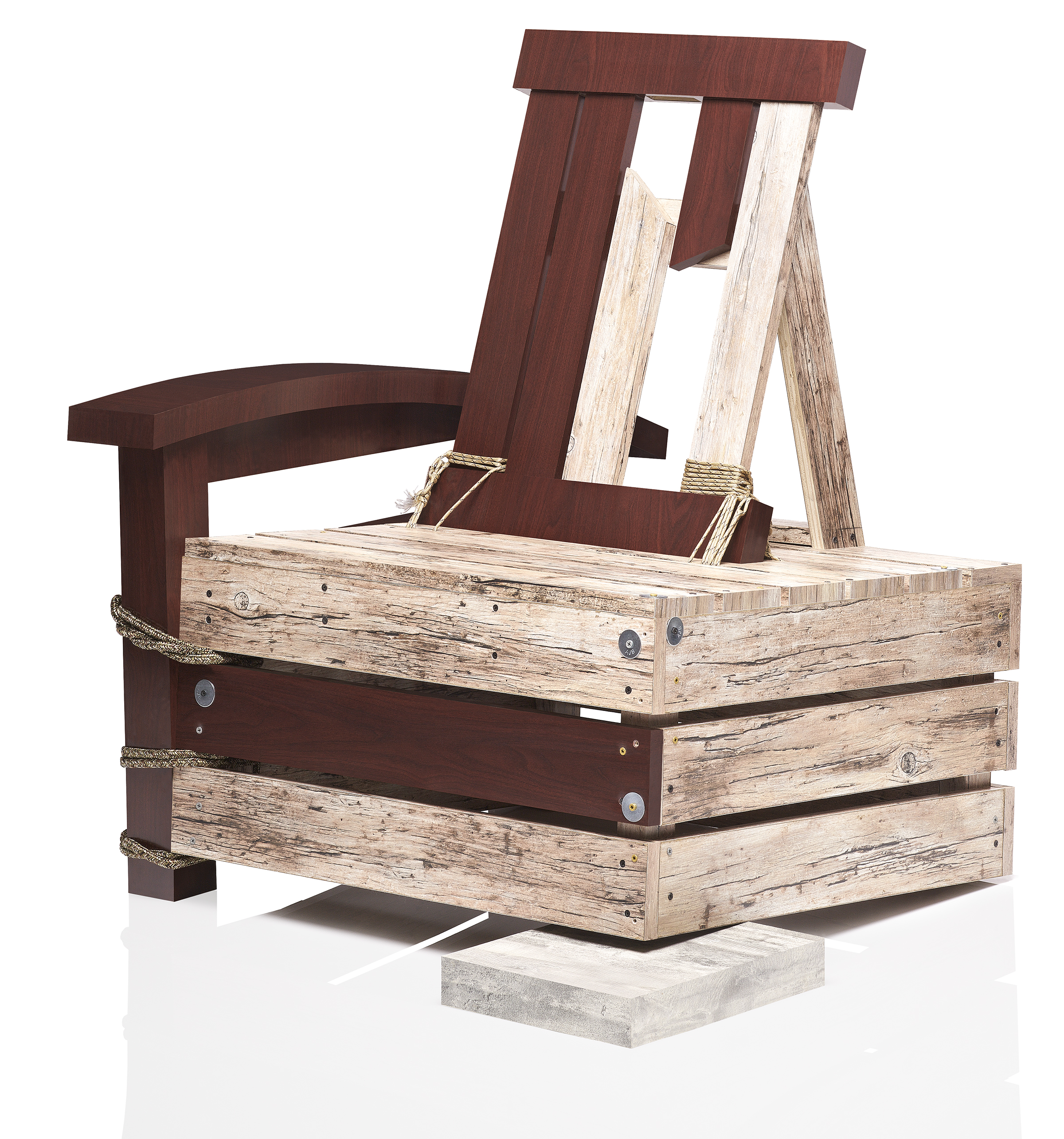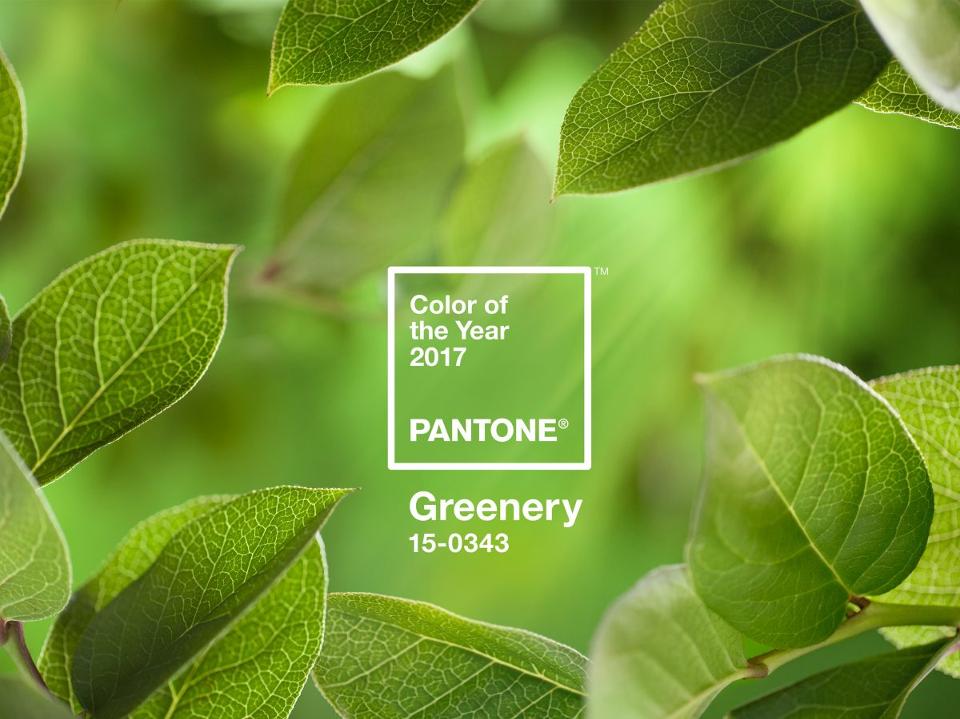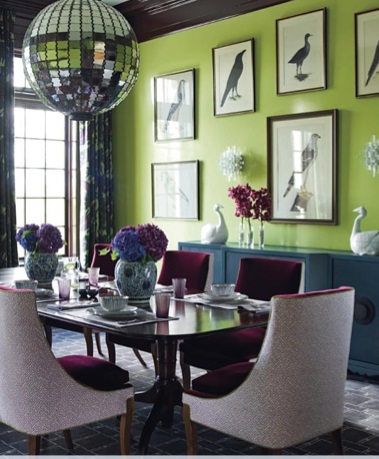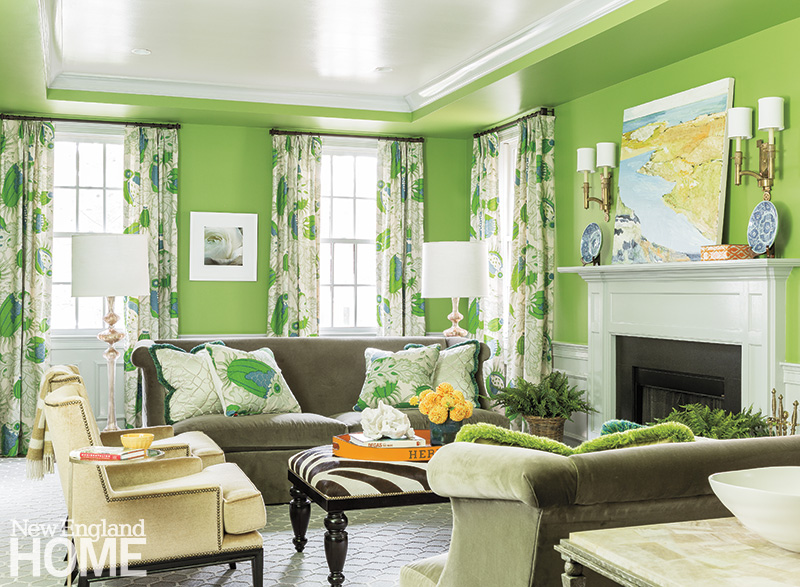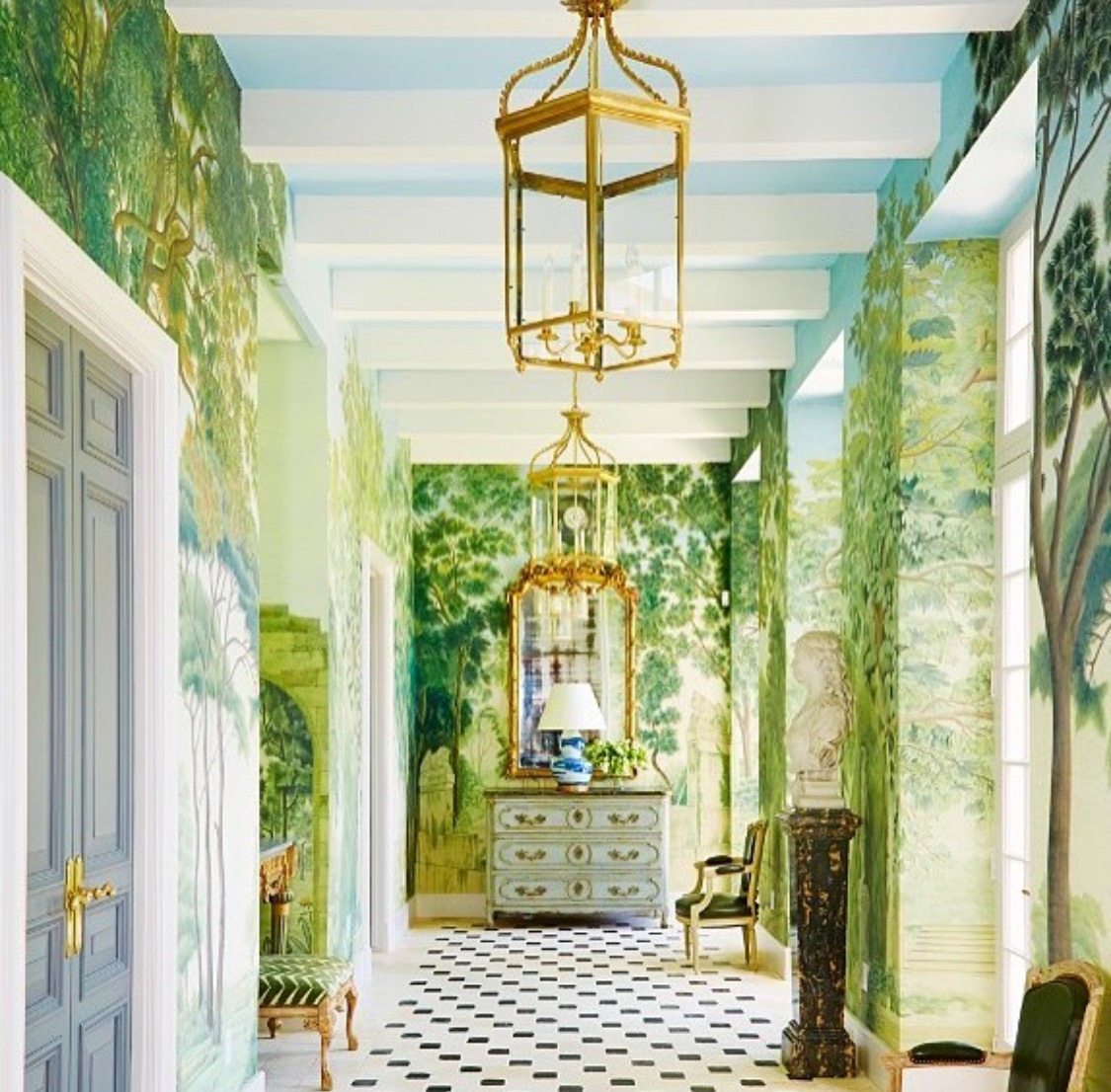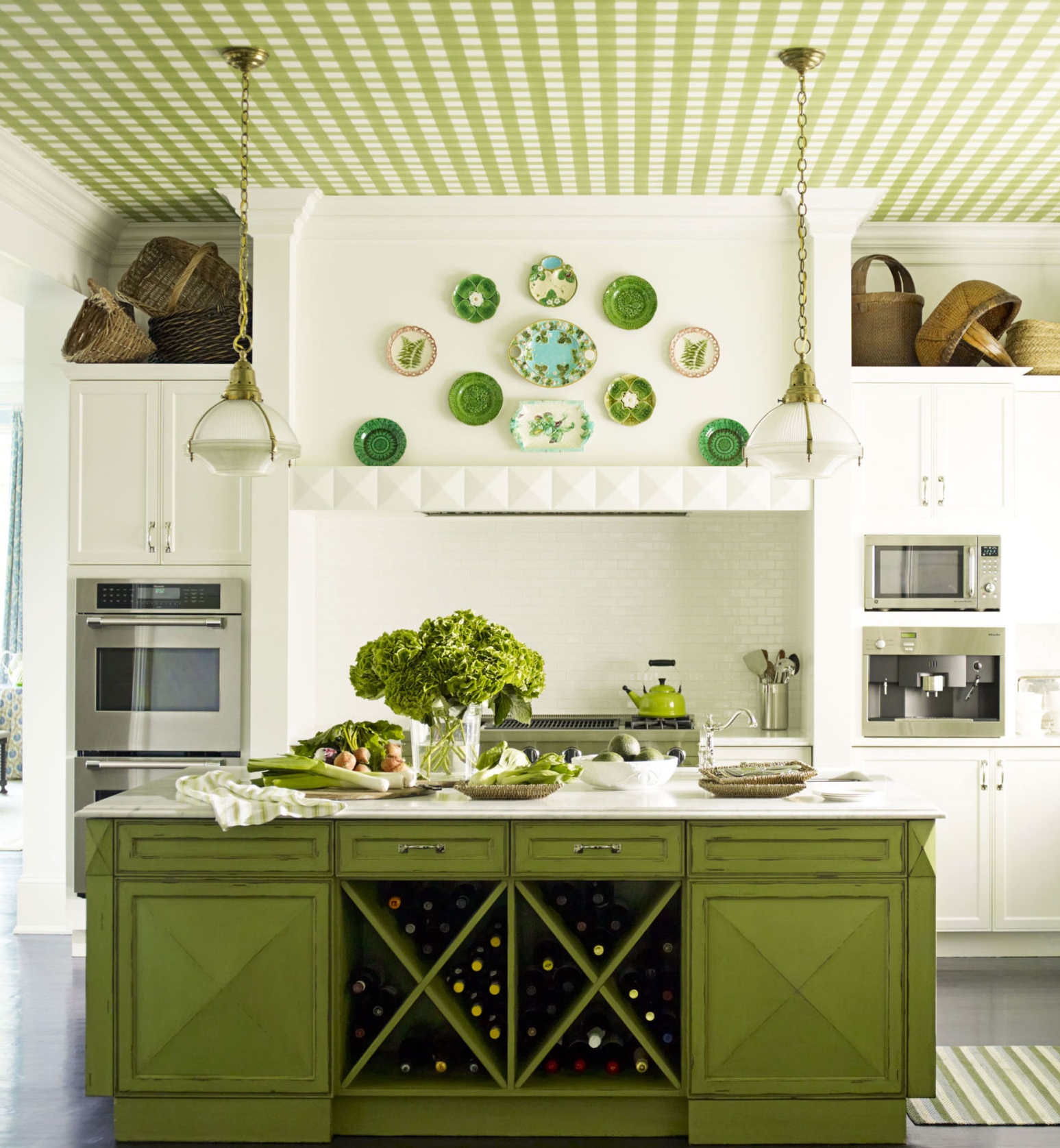What Price Wellness?
 Sunday, June 4, 2017 at 3:00AM |
Sunday, June 4, 2017 at 3:00AM |  Laurie Gorelick Interiors
Laurie Gorelick Interiors Last Thursday (June 1, 2017), I listened to Donald Trump announce that the United States would withdraw from the Paris Agreement to combat climate change. I'm trying to keep this blog a politics-free zone . . . so I won't say anything more about that here. I mention it to bring up the environmental challenges we all face, even in our own homes. What price would you be willing to pay to ensure that your own home environment didn't make you sick, but rather promoted wellness?
I was part of a group of designers, design bloggers and wellness professionals who, as #DesignHounds, entertained this question two weeks ago in conjunction with the International Contemporary Furniture Fair (ICFF) in New York City. What if it's not your diet, or your sedentary lifestyle, or stress that is making you sick, but your furniture? Seriously, that's not a ridiculous question.
In modern times, we faced the major realization that our interior environments could make us sick when Legionnaire's Disease broke out at an American Legion convention at a Philadelphia hotel in 1976. The culprit was a bacterium naturally found in fresh water, but which can become a contaminant when found in man-made water systems. This outbreak made us acutely aware of how vulnerable we are not only to external air quality but to interior air quality as well.
In addition to air quality, these aspects of our interior environments impact our well being:
- exposure to light
- water quality
- sleep quality
- ergonomics and comfort
- acoustics and noise disruption
It seems a no-brainer that if you could incorporate furnishings and materials in your home that could enhance your health and vitality, you would, right? But most people don't. Simply because they cost more.
You can improve your interior environment (and, in turn, the exterior environment) with some simple fixes:
- Use a zero-VOC (Volatile Organic Compound) wall paint that absorbs and reduces VOCs. Sherwin Williams Harmony latex paint is one example. Not only does it reduce VOCs, but it prevents build-up of mold and mildew.
- Avoid buying furniture and cabinets made with conventional particleboard, plywood and medium density fiberboard (MDF) which may contain formaldehyde-based adhesives. Choose furnishings made with certified-sustainable hardwoods or formaldehyde-free particleboard, plywood and MDF.
- Avoid synthetic carpets and rugs, synthetic padding and glue-down installations. Choose wool or other natural fibers for carpet.
- Avoid furniture and mattresses made with foam. Foam produces harmful VOCs.
- Incorporate dynamic lighting systems. Dynamic lighting provides the appropriate light levels for the specific environment and its intended uses. It also matches light levels to our natural circadian rhythms, for example, by dimming lights as daylight wanes and sleep approaches.
- Reduce ambient noise by installing sound-absorbing materials (rugs and carpet, draperies, even bookshelves with books) and insulation. Update appliances with newer energy-efficient models that make less noise. Install double-pane windows and storm windows. Replace hollow-core doors with solid wood doors.
- For ergonomics, avoid furniture that causes slouching and poor posture. A good tip -- measure the distance from the small of your back to the inside of your knee. Chairs and sofas that have a seat depth greater than that measurement will lead to slouching and cause back and neck strain.
Now, consider adding features that promote wellness. It's long been considered a feature of luxury bathrooms to incorporate a steam shower. It's not just for the in-home spa experience. It's for good health. A steam shower promotes respiratory health, improves our appearance by hydrating the skin, removes body toxins, increases circulation, reduces stress and encourages relaxation, boosts metabolism, and increases flexibility, among other health benefits. Adding aromatherapy, chromatherapy and music to a steam shower augments the health benefits. If you amortize the cost of a steam shower over the time you'll live in your home, it could cost just a few dollars a day . . . less than the cost of your daily coffee habit. Wouldn't that be worth the price for your health and well being?
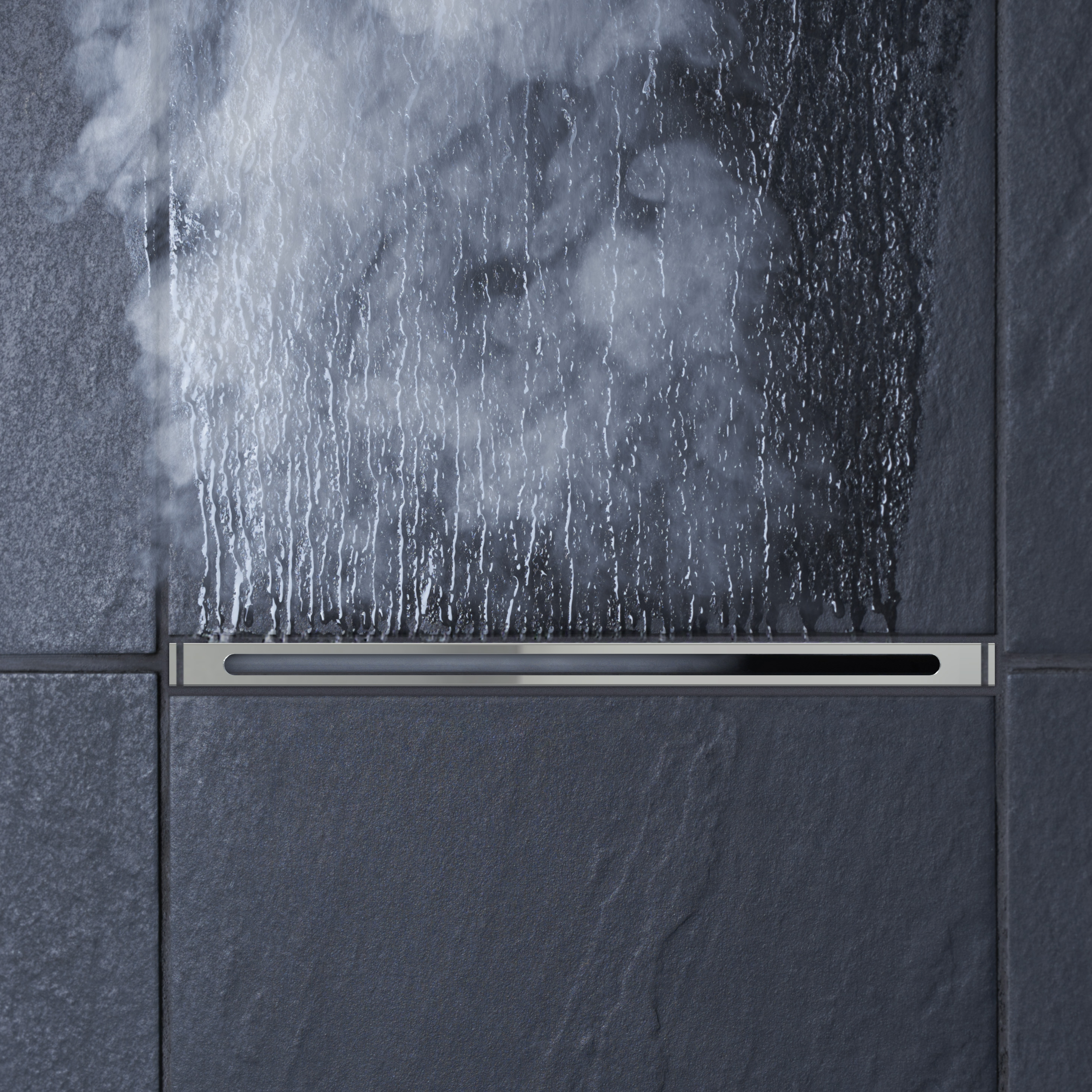 I've written before about Mr.Steam, an industrial leader in the manufacture of steam boilers and in the promotion of health and wellness through steam showers. Since my previous post about Mr.Steam, the company has added some attractive features to its product line that enhance the health and wellness benefits of its products. It has introduced a Linear SteamHead (left) that lies flush to the shower wall, is quieter and reduces the pooling of condensate. Mr. Steam has added aromatherapy to the steam shower experience with AromaSteam SteamHeads. Chromatherapy is available with Mr.Steam's ChromaSteam system which introduces a spectrum of colors through waterproof LED modules for the steam shower. And, to ensure that your experience lasts even after you step out of the shower, Mr.Steam has introduced a line of attractive towel warmers.
I've written before about Mr.Steam, an industrial leader in the manufacture of steam boilers and in the promotion of health and wellness through steam showers. Since my previous post about Mr.Steam, the company has added some attractive features to its product line that enhance the health and wellness benefits of its products. It has introduced a Linear SteamHead (left) that lies flush to the shower wall, is quieter and reduces the pooling of condensate. Mr. Steam has added aromatherapy to the steam shower experience with AromaSteam SteamHeads. Chromatherapy is available with Mr.Steam's ChromaSteam system which introduces a spectrum of colors through waterproof LED modules for the steam shower. And, to ensure that your experience lasts even after you step out of the shower, Mr.Steam has introduced a line of attractive towel warmers.
If health and wellness is important to you, wouldn't it be worth making your home a place that supports that aim?




